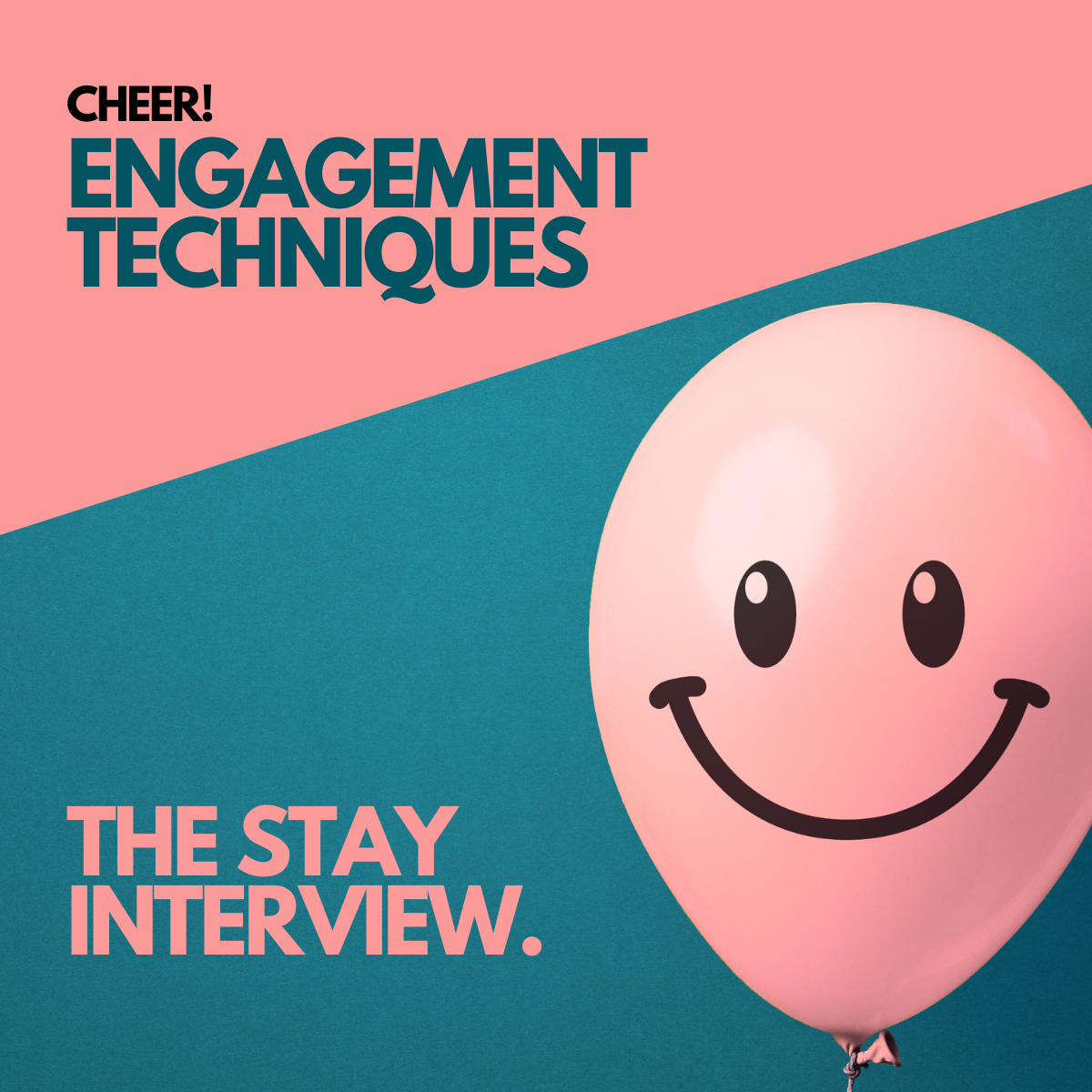Engagement Technique: Stay Interviews
We all know what an exit interview is. Someone resigns, HR hands over a questionnaire, and suddenly you get the truth about what’s been winding them up for the last 18 months.
Here’s the problem: by that point, it’s too late.
That’s why I recommend The Stay Interview. Instead of waiting for people to quit, you ask them what keeps them here – and what might cause them to leave – while they’re still part of the team. Think of it as an early-warning system that can save you a fortune in recruitment costs and lost knowledge.
Here’s my bad experience of the Exit Interview to explain why I gave up on them:
What to ask
Keep it light, honest, and human. A few favourites:
-
What do you enjoy most about your work?
-
What would make your job easier or better?
-
When was the last time you thought about leaving, and why?
-
What can I do differently as your manager?
How to run it
-
Don’t make it corporate. A coffee and a chat works best.
-
Listen more than you talk.
-
Park the defensiveness. If you argue every answer, you won’t get another honest one.
-
Most importantly: act. Doing nothing after a stay interview is worse than not asking at all.
Why this matters for EVP
In my EVP book draft I wrote that exit interviews are basically the company equivalent of a post-mortem: you only get the truth when it’s over. Stay interviews are the opposite, a proactive way to understand what your people actually want, and how your EVP holds up in real life.
In short, Stay Interviews are one of the easiest engagement techniques to put in place, and work incredibly well AS LONG AS you’re prepared to listen and act.
This post is part of our Engagement Techniques series of practical, low-cost ideas to bring more connection and meaning into work. Find the rest here
👉 Want to explore techniques like this in more depth? I run interactive employee engagement workshops where we bring these ideas to life.

